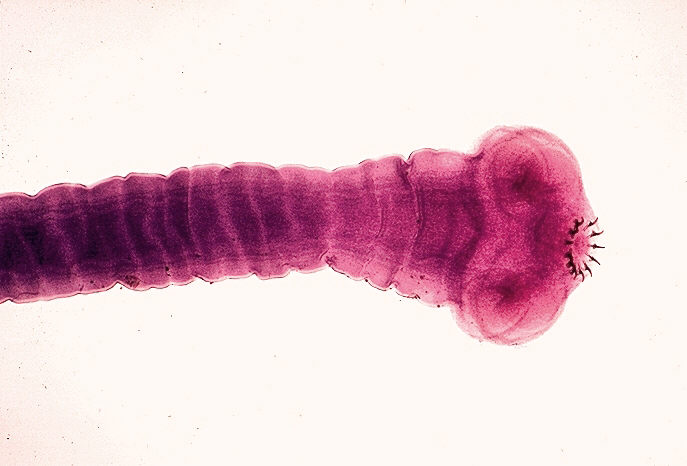Cephalization

Cephalization is an evolutionary trend, whereby nervous tissue, over many generations, becomes concentrated toward one end of an organism. This process eventually produces a head region with sensory organs.[1]
Cephalization is intrinsically connected with a change in symmetry. It accompanied the move to bilateral symmetry made in flatworms, with ocelli and pinnae placed in the head region. The cephalization/bilateral symmetry combination allowed animals to have sensory organs facing the direction of movement, allowing a more focused assessment of the environment into which they are moving. In addition to a concentration of sense organs, all animals from annelids on also place the mouth in the head region. This process is also tied to the development of an anterior brain in the chordates from the notochord. A notable exception to the trend of cephalization throughout evolutionary advancement is phylum Echinodermata, which, although having a bilateral ancestor, as evidenced by their embryology, develop into a pentaradial animal with no concentrated neural ganglia or sensory head region. However, some echinoderms have developed bilateral symmetry secondarily.
In neuroembryology, neural induction of the ectoderm forms a neural tube which undergoes cephalization to form initially 3, then 5 vesicles as a developing embryo. It is the internalized ectoderm which goes on to become the central nervous system, peripheral nervous system and epidermis.
References
- ↑ Biology/Neil A. Campbell, Jane B. Reece.-7th Edition (AP Edition)